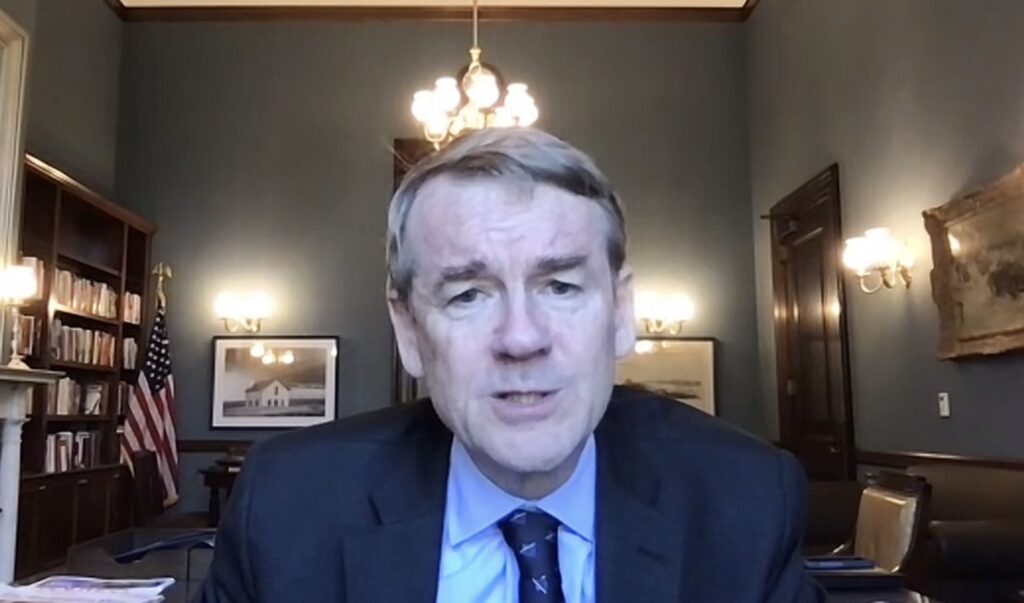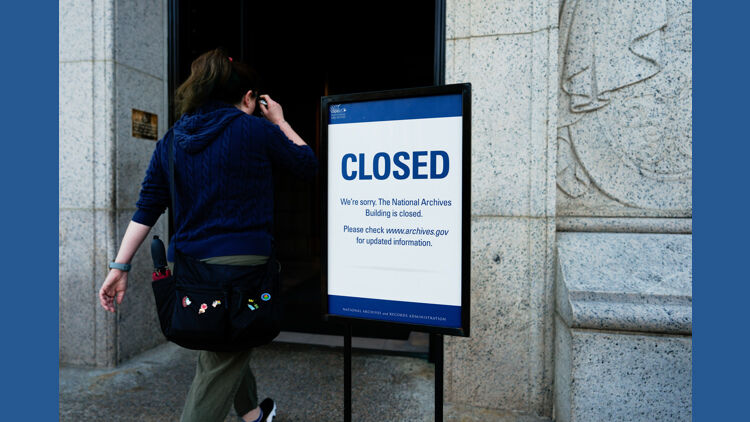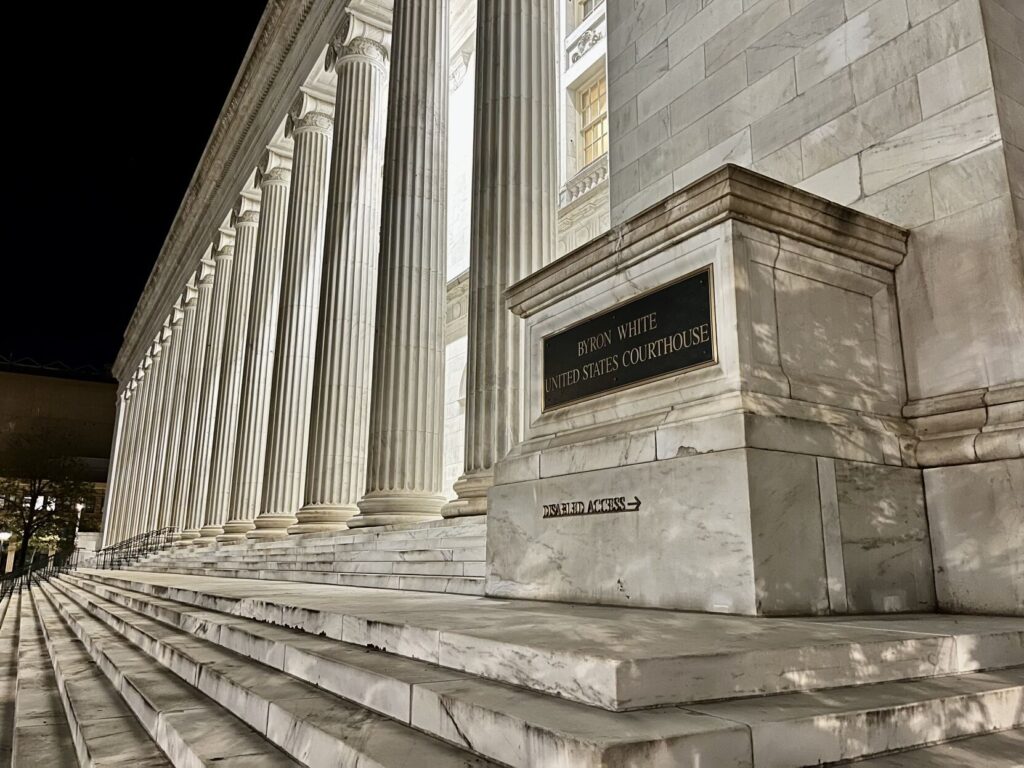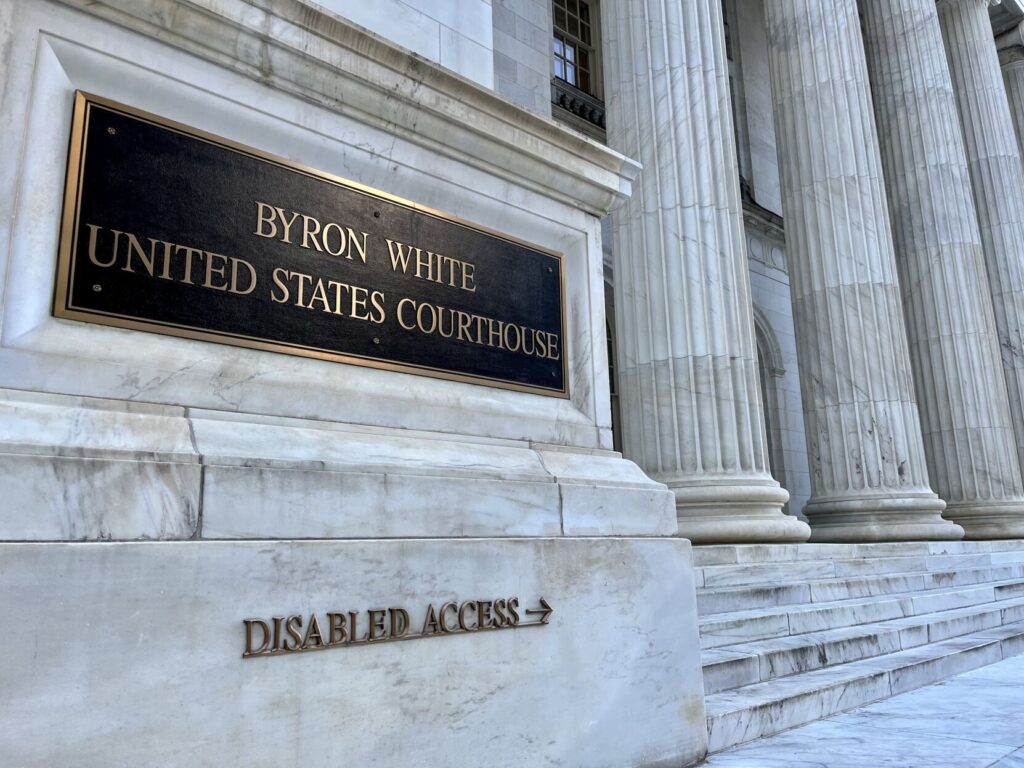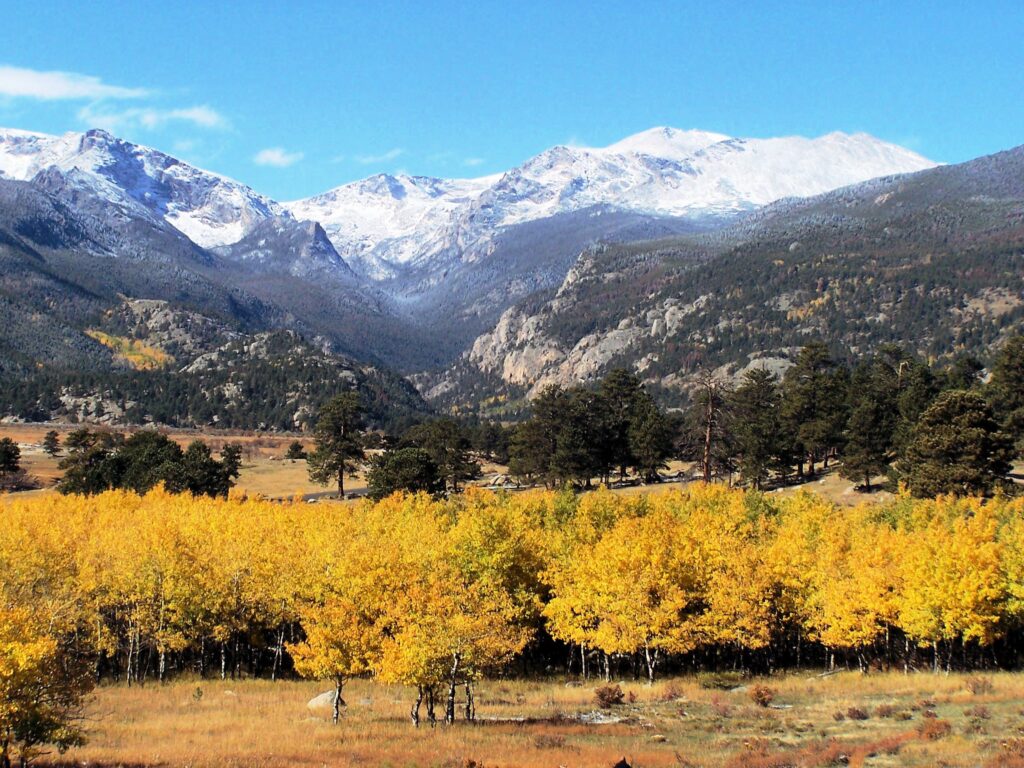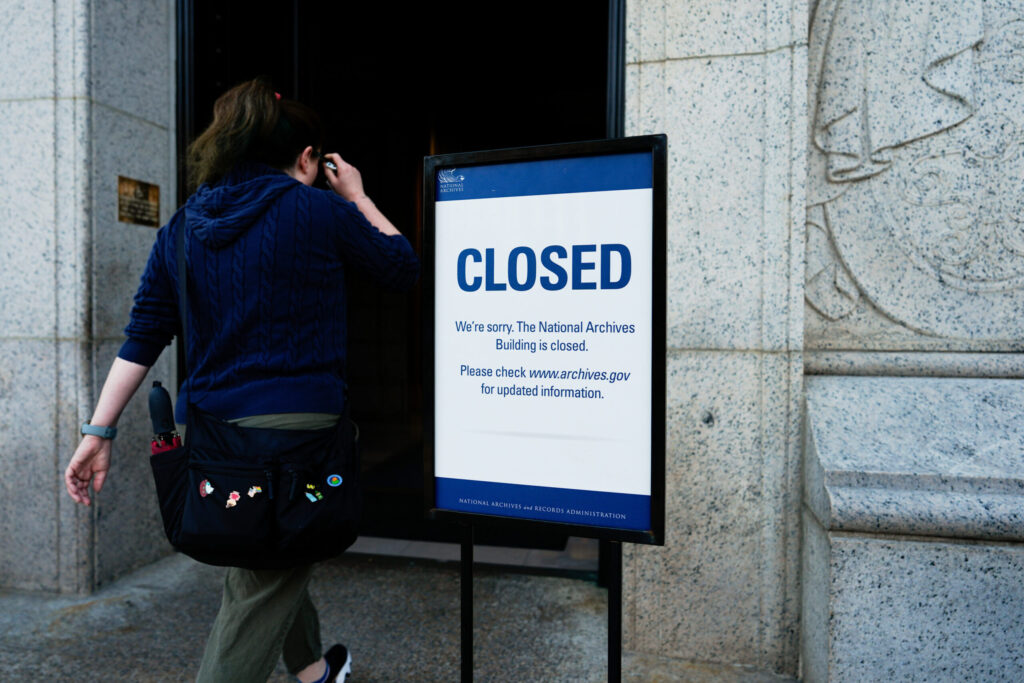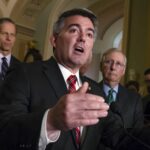Teller County commissioner asks Congress to expand Florissant Fossil Beds Monument
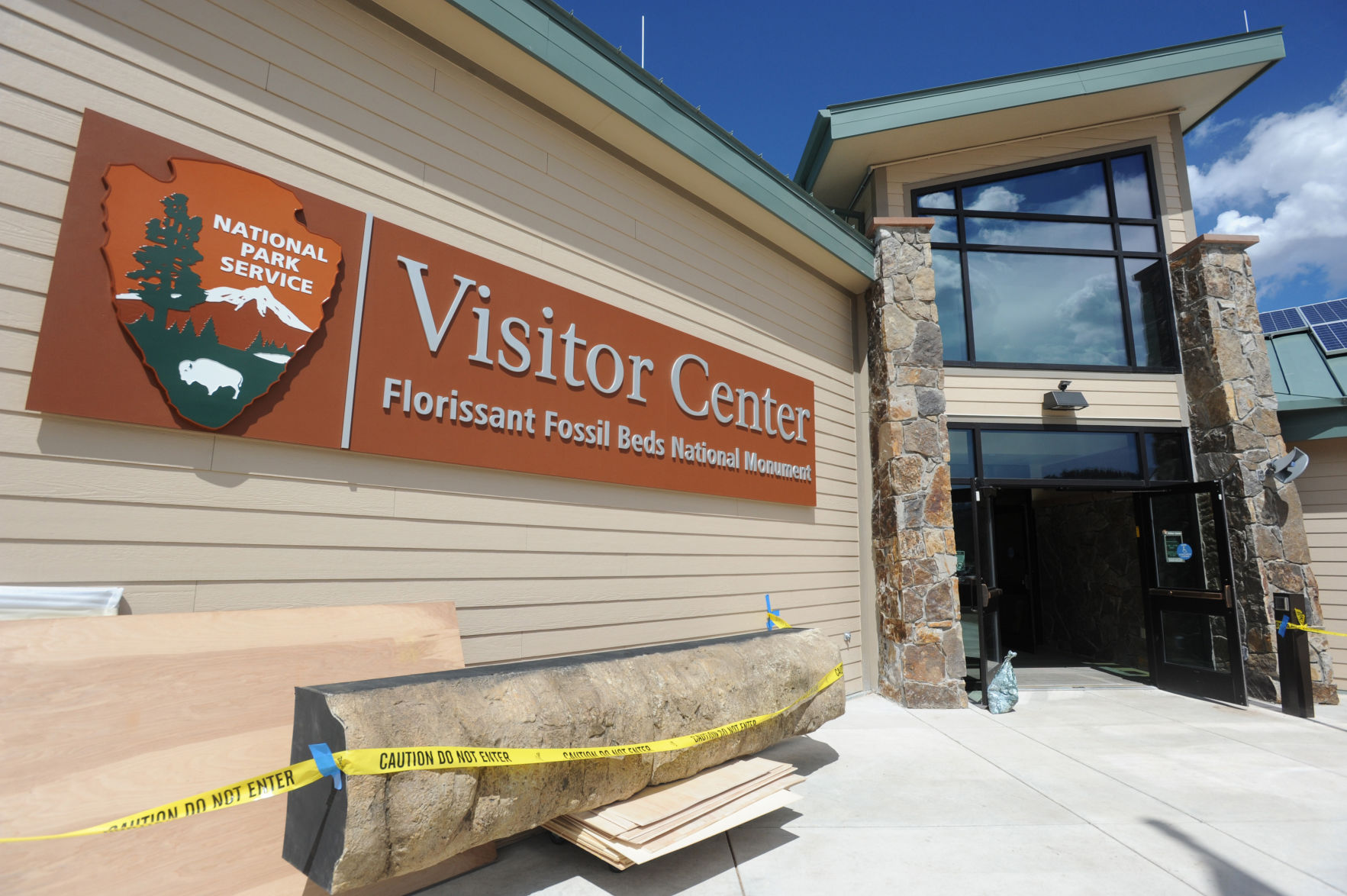
WASHINGTON – A Teller County commissioner told Congress Tuesday that expanding the Florissant Fossil Beds National Monument would help prevent wildfires and protect wildlife.
Norm Steen testified for a bill that would add 280 acres to the northwest border of the national monument 35 miles west of Colorado Springs.
“We received no public opposition to the idea and we unanimously agreed to support the expansion of the Fossil Beds Monument,” Steen said in his testimony.
The 280 acres abutting the Florissant Fossil Beds National Monument are owned by the Palmer Land Trust, a Colorado Springs-based private group that acquires land along the Front Range to preserve it from development.
Land Trust officials told the National Park Service in 2016 they are willing to donate the property.
The National Park Service would manage the land, including trimming away underbrush that could provide fuel for fires, if Congress authorizes the transfer of ownership.
“In short, the Fossil Beds Monument is both a local and national treasure, fully embraced, supported and enjoyed by our Colorado residents and by tens of thousands of visitors from around the world each year,” Steen told members of the House Natural Resources subcommittee on federal lands. “The Monument has an estimated annual economic benefit to the region of over $6 million.”
Rep. Doug Lamborn, R-Colorado Springs, introduced the bill that seeks congressional approval to expand the Florissant Fossil Beds Monument from its current 5,992 acres. It won support from both Republicans and Democrats among Colorado’s delegation to Congress.
Gov. John Hickenlooper told Colorado Politics in a statement, “We wholeheartedly support the expansion. Florissant Fossil Beds National Monument is one of the most beautifully pristine, globally recognized monuments full of amazingly preserved insects, plants and other critters. The fact that Rep. Lamborn is behind the proposed expansion is a strong indication of its success.”
The congressional hearing follows by weeks an announcement by the Trump administration that nearly two million acres of national monument land in Utah, close to Colorado’s southwest border, would be turned over to mining operations.
President Donald Trump issued an executive order in December that sharply reduced the size of the Bears Ears and Grand Staircase-Escalante national monuments.
Hickenlooper and outdoor recreation industry officials initially reacted with concern that federal land in their state could be next to be used for private development. Their worries diminished after assurances from the U.S. Interior Department that Colorado would be spared.
Lamborn departed from Democrats who support his bill on whether much of the Bears Ears and Grand Staircase-Escalante national monuments should used for mining.
“Congressman Lamborn applauds President Trump for listening to Utah’s elected officials and local voices that were left out of the decision-making process by Presidents Obama and Clinton,” a spokesman for Lamborn said. “Most of the two million newly undesignated acres are still public lands, subject to rigorous federal and state protections.”
The two monuments in Utah were dedicated by Presidents Barack Obama and Bill Clinton under the authority of the Antiquities Act of 1906.
The nine-square miles of the Florissant Fossil Beds were designated as a national monument by Congress in 1969.
Lamborn said, “My legislation seeks to only increase the monument size to allow the [National Park Service] the ability to accept this critical donation. The donated acreage could provide visitors with more recreational opportunities including hiking, snowshoeing, cross-country skiing and wildlife watching – all with no supplemental funding or staff needed.”
The Florissant Fossil Beds National Monument is known for its insect and plant fossils found in the mudstones and shales. Argon radiometric dating has shown the Florissant Formation of fossils dates from a lake bed about 34 million years ago.
The fossils were preserved by volcanic ash that fell from the nearby Thirtynine Mile volcanic field. Clay and mud interspersed with layers of ash formed “paper shales” that contain the fossils.
The word Florissant is derived from the French word for flowering. A Petrified Forest that is a main attraction of the monument lost much of its petrified wood when collectors carried it away in the 18th century and early 19th century.
Congress sought to protect what was left of the fossils and wildlife by designating the area as a national monument. About 60,000 visitors come to the monument each year. Paleontologists continue to study its fossils.




